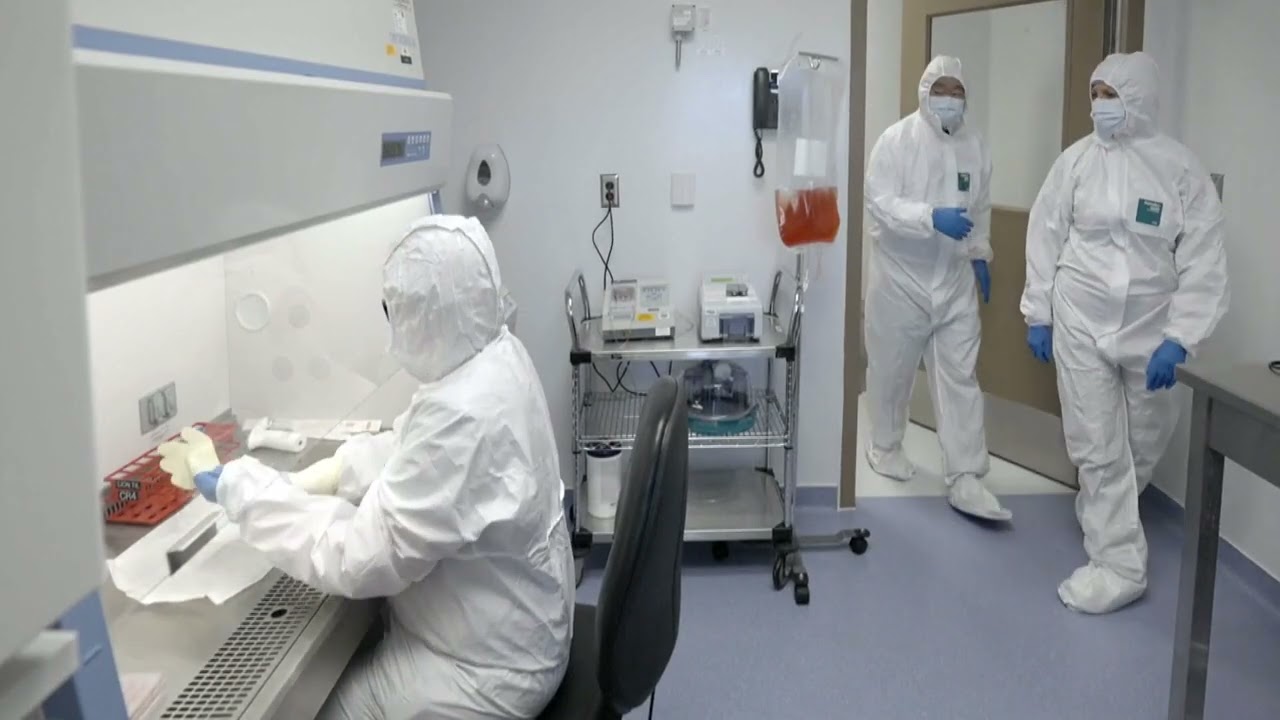NEW YORK (Reuters Health) – The American Society of Clinical Oncology (ASCO) has updated its recommendations for the use of antiemetics during cancer treatment, and one key change is the classification of the combination of an anthracycline and cyclophosphamide as very likely to cause nausea and vomiting, even though the separate components are only moderately emetogenic.
The clinical guideline update on antiemetics, based on a systematic review of the literature published since the last update in 2006, appears in a September 26 online issue of the Journal of Clinical Oncology.
“There have been improvements in stratifying the risk of side effect risks according to the type of drug treatment used,” said the co-chair of the update panel Dr. Ethan Basch, with Memorial Sloan-Kettering Cancer Center in New York, in a journal press release. “This guideline update reflects further progress refining antiemetic approaches and minimizing these side effects.”
For highly emetogenic chemotherapy, the guideline recommendations are unchanged from the last update: that is, the three-drug combination of an neurokinin-1 (NK1) receptor antagonist, a 5-hydroxytryptamine-3 (5-HT3) receptor antagonist, and dexamethasone should be used.
The authors say that for the 5-HT receptor antagonist, palonosetron is preferred but if it is not available a first-generation 5-HT3 blocker (granisetron or ondansetron) can be substituted.
The NK1 receptor antagonist aprepitant and its relatively new intravenous formulation fosaprepitant are equivalent, the panel notes. However, the fact that fosaprepitant is administered for 1 day rather than the 3 days for aprepitant may make it preferable for patients.
For moderately emetogenic chemotherapy regimens, palonosetron plus dexamethasone is sufficient, the report continues. However, moderate evidence suggests that aprepitant may add benefit.
For low-risk regimens, a single dose of dexamethasone is recommended.
When it comes to preventing radiation-induced nausea and vomiting, the panel again stratifies antiemetic treatment based on risk.
For example, with high-risk radiotherapy such as total body irradiation, patients should receive a 5-HT3 receptor antagonist before each fraction and for 24 hours after treatment, and may receive a 5-day course of dexamethasone with each fraction.
By comparison, radiotherapy to the breast and extremities carries minimal emetic risk but when it does occur, rescue therapy with a 5-HT3 antagonist or dopamine receptor antagonist (e.g., metoclopramide) is indicated.
“In general, we have more effective and better tolerated antiemetic agents today, and we have also learned how to use the available agents in more effective ways,” commented panel co-chair Dr. Gary Lyman, with Duke University and the Duke Cancer Institute in Durham, North Carolina, in the JCO statement.
Reference:
Antiemetics: American Society of Clinical Oncology Clinical Practice Guideline Update
J Clin Oncol 2011;29.








